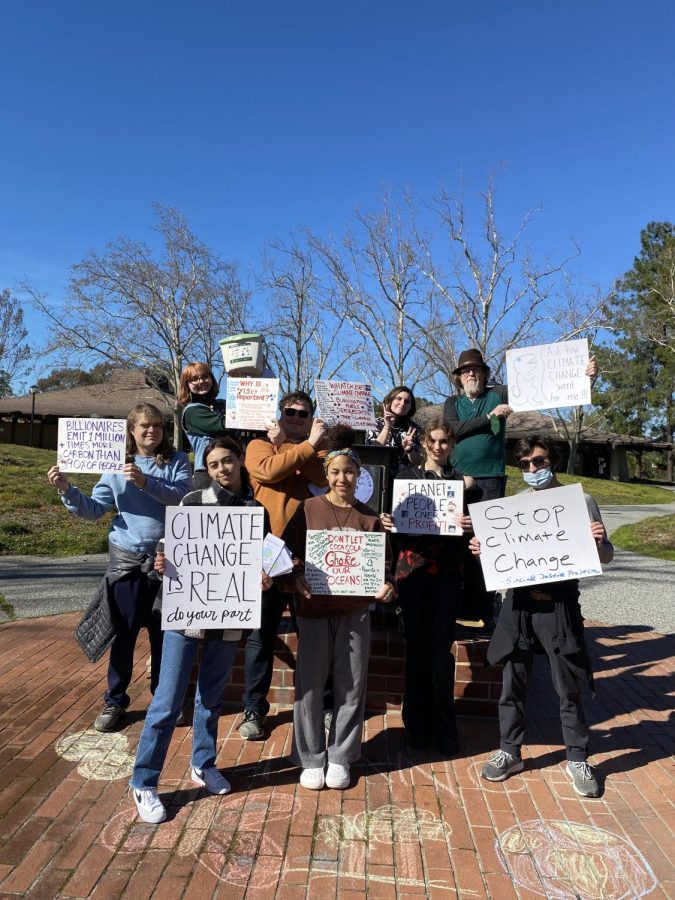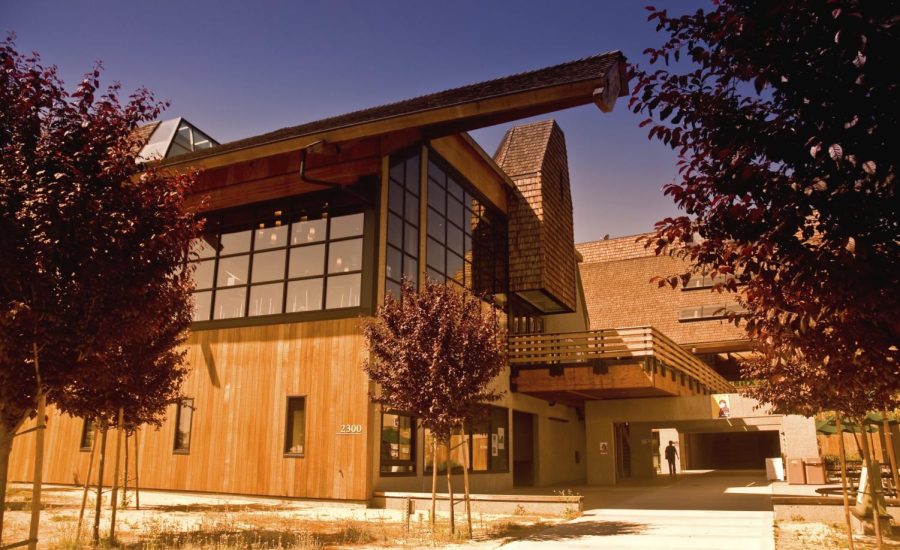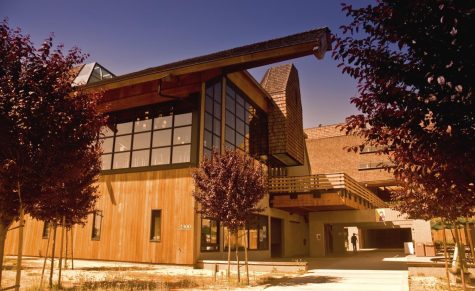To Stop Climate Change, Drill Baby Drill

April 14, 2017
In 1990, the US’ total CO2E (CO2 equivalent) output was roughly 5 gigatons per year. Emissions rose steadily over almost 2 decades, peaking at 6 gigatons around 2008. Since then, US emissions have fallen to 5.6 gigatons. At first this was likely due to the global economic downturn in 2008-09. Indeed, as the economy picked up in 2010 so too did emissions. But then emissions dropped back down again even while economic growth started to accelerate. Much of this was due to a radical change in the energy mix: natural gas began to replace much-dirtier coal burning to supply electricity. Natural gas’ economic strengths and relative environmental soundness are deeply dependent upon emerging fracking technologies and therefore the United States must continue to pursue fracking as an alternative to coal mining.
Around the time of the recession, advances in fracking technology have made drilling for oil and gas in America’s vast shale deposits much more economically attractive, unleashing a boom. Hydraulic fracturing– or fracking– is a technique whereby a drill releases a toxic brew of water and chemicals and blasts it into the natural cracks in shale deposits. The United States sits atop massive deposits of shale, particularly in Wyoming and the Dakotas, West Texas and Pennsylvania– the oil and natural gas in these deposits would be unrecoverable without using this technology. There is evidence to suggest that such a technique can cause small-scale seismic activity and environmental groups have been up in arms over its use due to the risk it poses to drinking water, the potential for methane leaks and a variety of other hazards. Yet, It is crucial that America embrace fracking as a method for helping natural gas replace coal while renewable energies develop new technology and business methods that make them economically competitive. In this way, natural gas can serve as a bridge fuel to a cleaner economy.
Fracking will have a place while the world prepares the ground for large-scale deployment of renewable energy. A good rule of thumb is that both wind and solar run between 25% and 33% capacity (solar panels don’t work at night) whereas a natural gas plant, for instance, can run at over 80% of capacity. Thus, it can take more than 3 times as much solar capacity installed to produce the same amount of energy as a gas powered plant. Add to this the fact that most of the ideal locations for massive wind and solar arrays– West Texas, the Great Plains– are located far from major population centers, and one begins to see some of the major unresolved obstacles to widespread renewable use. These challenges help to make natural gas a more economical way to reduce carbon emissions in the short term. Because of these factors, research from senior fellow Charles Frank of the Brookings Institution concluded in a 2014 analysis that on a dollar-for-dollar basis fracking delivers a greater reduction in CO2E emissions than either solar or wind power given current technologies. Since then, solar and wind have both become substantially cheaper, but so too has fracking become cheaper and safer.
Natural gas siphoned via fracking can also fuel economic growth. CO2E output has long been closely tied with economic output, hence the perceived dichotomy between a strong economy and a liveable environment. Yet since 2010 America’s GDP growth has hovered around 2% annually while emissions fell by nearly 7% over this period. Lately, the economy has surged to 3% year-on-year with strong job and wage growth. Had emission output increased in line with GDP as it had in the previous century, output would be roughly 6.6 gigatons instead of the current 5.6. Some of this reduction is due to an increase in efficiency standards and the explosion in renewable power output. Indeed, between 2013 and 2014 alone solar energy output doubled from 6,000GW to 12,000GW. Despite this impressive growth, wind and solar still only accounted for roughly 2.5% of total US energy generation by 2015 according the the US Energy Information Agency (EIA) compared to 30% and 35% for natural gas and coal respectively. One must look beyond renewables to explain this one gigaton gap.
The primary cause of the dramatic reversal of the century-long trend is the fracking revolution without which natural gas and oil would be hard pressed to compete with King Coal. Oil– and especially natural gas– are less carbon intensive than coal and, if used as substitutes, would bring down US carbon emissions quickly and cheaply. To produce the same amount of power, burning natural gas emits a little more than ½ the carbon coal does. Replacing coal with natural gas would thus go a long way to fulfill the US’ international commitments to reduce carbon emissions, despite concerns over methane leaks.
More importantly, natural gas is economically competitive and therefore allows the US to dramatically cut carbon emissions. According to an analysis by Michael Greenstone of the Brookings Institution, natural gas is by far the cheapest energy source to install and is the only low-carbon energy that is cost competitive with existing coal-fired power plants. Natural gas, therefore, provides an opening for an awkward alliance between the oil and gas industry and those concerned with global warming to both increase general economic prosperity and dramatically slash carbon emissions in the future.
Despite this, fracking has an abysmal reputation among green energy enthusiasts. In 2010–before most people ever heard the word fracking– the documentary Gasland sought to examine the costs of hydraulic fracturing. Its imagery spread like wildfire in both social and mainstream media with many comparing its impact on the environmental movement to the seminal Silent Spring which first sounded the alarms about the overuse of DDT and eventually helped to get it banned. The man setting his water on fire, the family forced to allow the big bad oil companies to drill on their property and all the other evils of fracking were “exposed” in Gasland. The result was a massive public outcry– fracking was banned in several states (most of which lacked the necessary shale deposits) and fracking became a mainstream environmental issue.
Indeed, a long-awaited study on the effects of fracking on drinking water by the EPA was released in December 2016 and renewed environmentalists’ ire against fracking. It used data from thousands of mining sites and water resources across the US and found impacts ranging from “modest” to “severe” on the drinking water of up to 11 million people and called for further studies to be conducted to quantify the damage to drinking water. While fracking certainly damages drinking water availability, there is reason to doubt the alarmism encouraged by Gasland. A study conducted over ten years at thousands of sites by Resources For the Future (RFF) found “little evidence” of widespread contamination of drinking water downstream of the wellhead. The study also found that pollutants are much more common downstream of wastewater treatment plants than downstream from fracking sites. If this study accurately reflects the nature of the problem, then contamination from fracking is less of a problem than poorly treated wastewater. Policies should therefore treat fracking water contamination just like any other problem of contamination– enforce safety standards and make sure treatment facilities are appropriately maintained and upgraded.
Furthermore, methane leaks pose little safety hazard. Most leaks, according to the Environmental Defense Fund “don’t pose an immediate threat to safety” but instead contribute to broader problems like smog and global warming. Most analyses of the long-term warming potential reveal that methane leaks barely affect natural gas’ ability to dramatically cut CO2E emissions in a cost-effective manner, due largely to the fact that methane is short-lived in the atmosphere (even if potent) and therefore has a small impact on long-term warming, assuming natural gas is phased out in the coming decades. Furthermore when compared with coal, these effects are minimal to nonexistent. Independent analysis by Brookings suggests that if natural gas were to completely replace coal, the savings in health impacts alone would be between $20 and $50 million.
Thus, fracking presents a unique opportunity for cooperation between bitterly divided foes and allows environmental objectives to be pursued without compromising economic prosperity. An uneasy alliance may be found between petroleum companies and the brand of environmentalists that hug spreadsheets instead of trees. Fracking is nowhere near as dangerous to communities as documentaries like Gasland would have you believe, but close independent and government monitoring of water quality around fracking sites and infrastructure upgrades would significantly reduce the likelihood of catastrophe. Renewables are not yet ready for deployment en masse, fracking can help the US meet its international obligations while the industry matures














































































